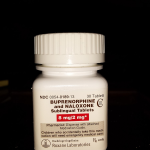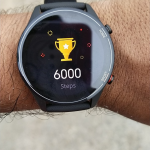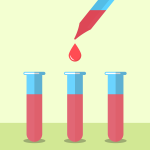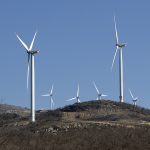This is a bit of a rhetorical question. It's based on the simple fact that the percentage of the population wearing a mask in public in July 2022 was; 86% in Japan; 43% in the U.S.; 21% in the U.K., and 5% in Denmark. Japan was not alone among the Asian nations, all wearing masks in the 80% or greater range. Why might that be?
Harm Reduction
Everyone is using, embedding – or about to use and embed – Artificial Intelligence in their work. I am not so concerned about the imminent arrival of SkyNet; those bits and pieces are already in place. What concerns me more is that A.I., already a misnomer, will increasingly become real stupidity and hurt patients along the way.
Ten thousand steps for exercise and health, much like ten thousand hours to become an “expert,” are magic quantifications passed down without clear origins. Some researchers sought some scientific clarity.
In my radio conversation with Lars Larson, we discussed concerns about the Veterans Administration (VA) potentially allowing optometrists to perform laser eye surgery on veterans for glaucoma.
Politicians are attacking a safe and important class of pesticides – neonicotinoids – with unwarranted bans and restrictions. These policies will be devastating to farmers, costly to consumers, and damaging to the environment.
Last year, Congress passed the Mainstreaming Addiction Treatment (MAT) Act, seeking to expand access to buprenorphine, a proven treatment for opioid use disorder. However, a recent proposal by the Drug Enforcement Administration threatens to undermine Congress' intention. Now, some members of Congress appear ready to push back.
Tracking our health is all the rage. Advancements in technology have catapulted our understanding of how our bodies work and continue to provide new opportunities for healthcare. But while constant monitoring of our physical health sounds great, there may be drawbacks to our mental health and how we relate to our bodies and other people.
Our behavior seems to be built by evolution, and it's sometimes paradoxical. To borrow from the hard sciences, our behavior exhibits complementarity. We are largely felicitous to our family and friends, yet stand-offish (if not aggressive) to “others” we may encounter. Willful ignorance straddles that complementarity borderline. A new study offers insight into what's really going on.
Much of the blood drawn for laboratory analysis is wasted. In a clinical setting where your blood is being taken multiple times a day, wouldn't it be better for the laboratory to use a smaller amount – and let you keep the difference?
Child abuse manifests in various forms. One is the “Shaken Baby,” where rapid head shaking allegedly causes neurological injury and death. Until recently, a constellation of bodily injuries was considered adequate evidence to convict an indicted abuser. No longer. Recent cases have held that “Shaken Baby Syndrome” is not a valid diagnosis. One court just held the diagnosis should be a legal determination – not a medical one, rejecting all medical testimony and exonerating alleged abusers.
To handshake or not to handshake, that is the question. As COVID-19 has moved from a pandemic to an endemic disease, should we greet each other with a shake of hands, fist bump, or just eye contact and walk quickly away? Handshaking has devolved into a cultural debate rather than the scientific issue of disease transmission. Is handshaking, a form of surface transmission, something to fear?
"[A] censorious report on National Public Radio, citing a poll, accuses Republican voters of being content to 'do nothing' about climate change. In fact, neither party proposes to do anything about climate change. Democrats propose to spend a lot more money doing nothing.” – Holman Jenkins, Wall Street Journal











